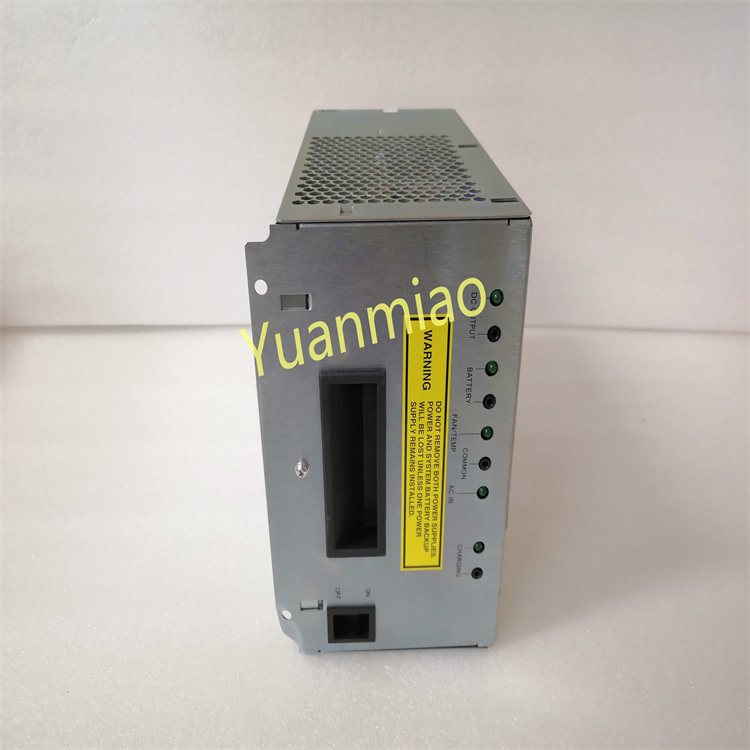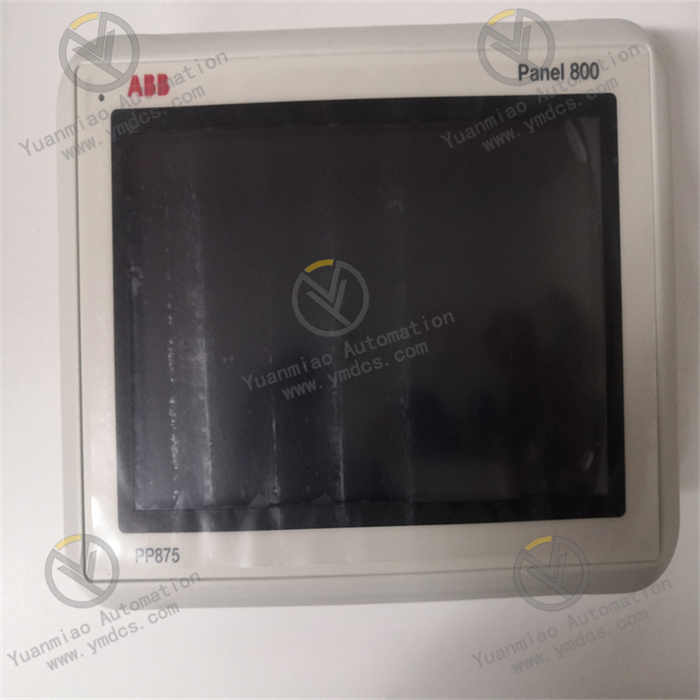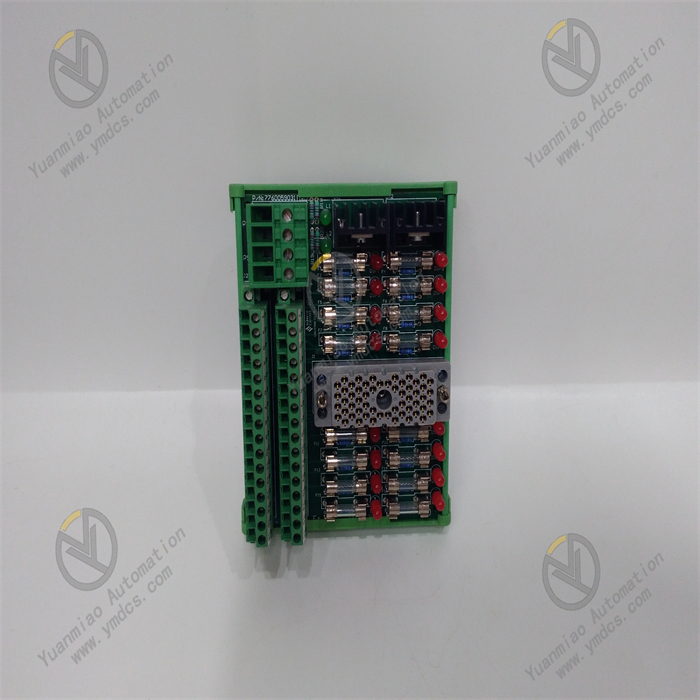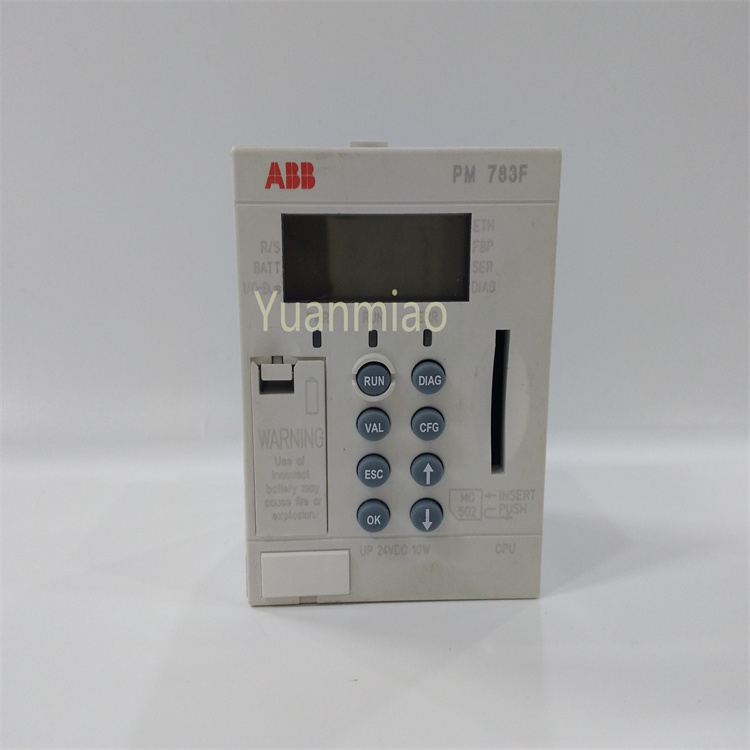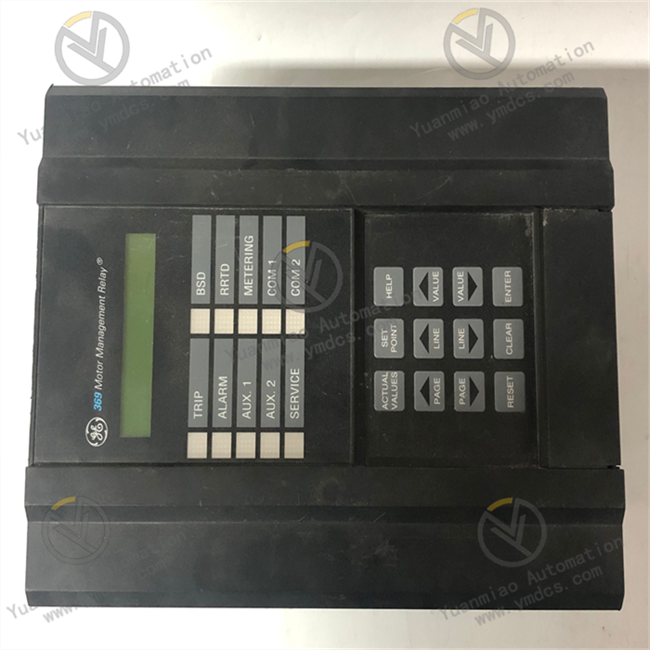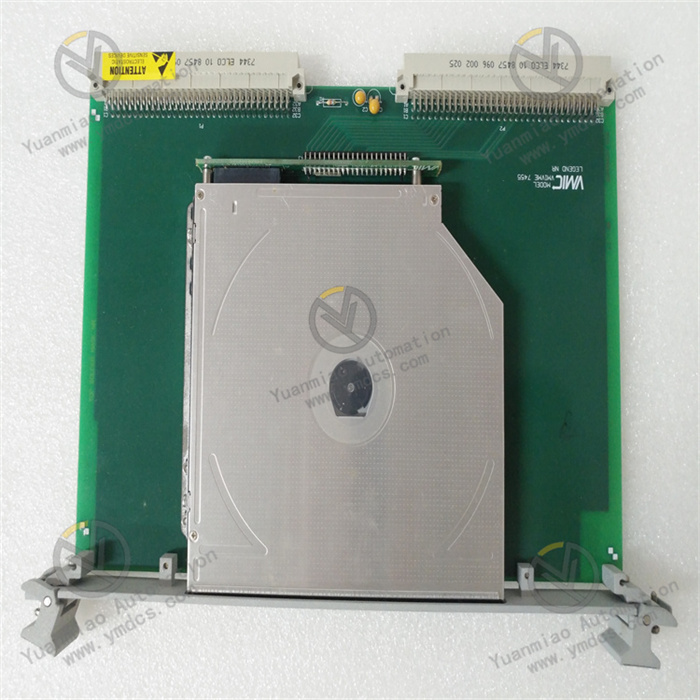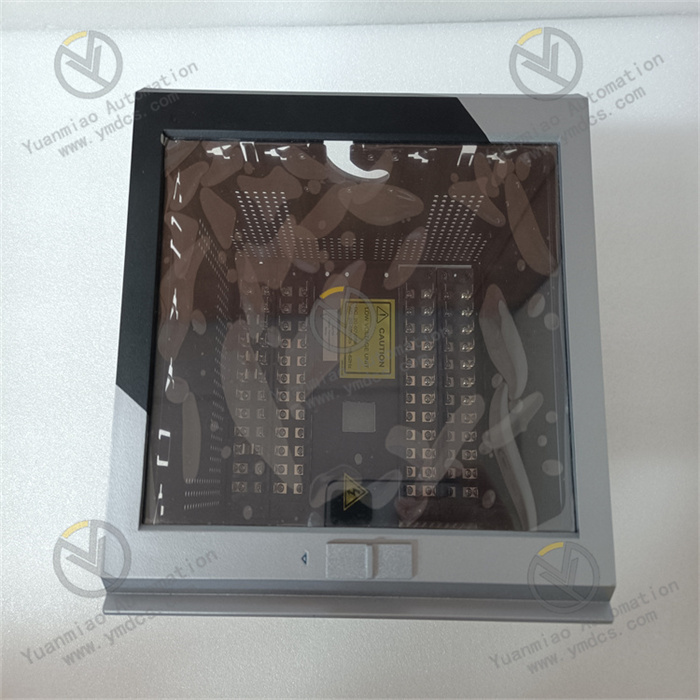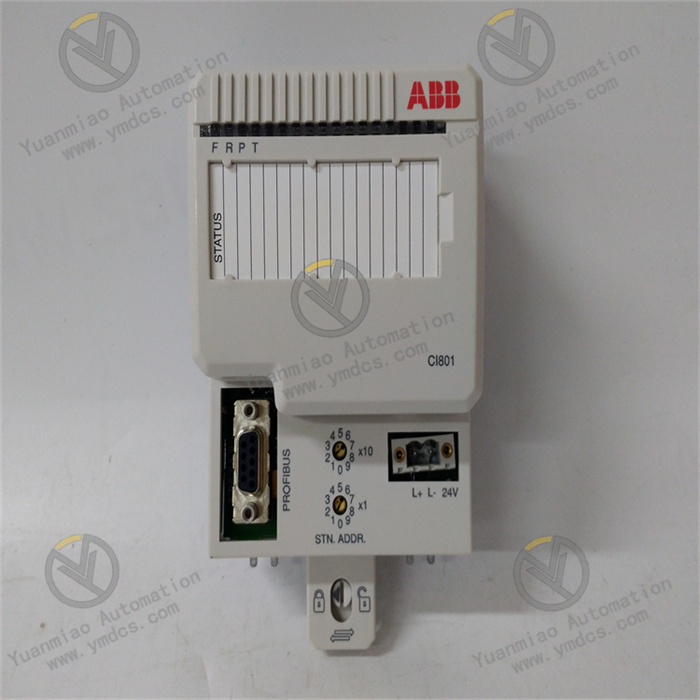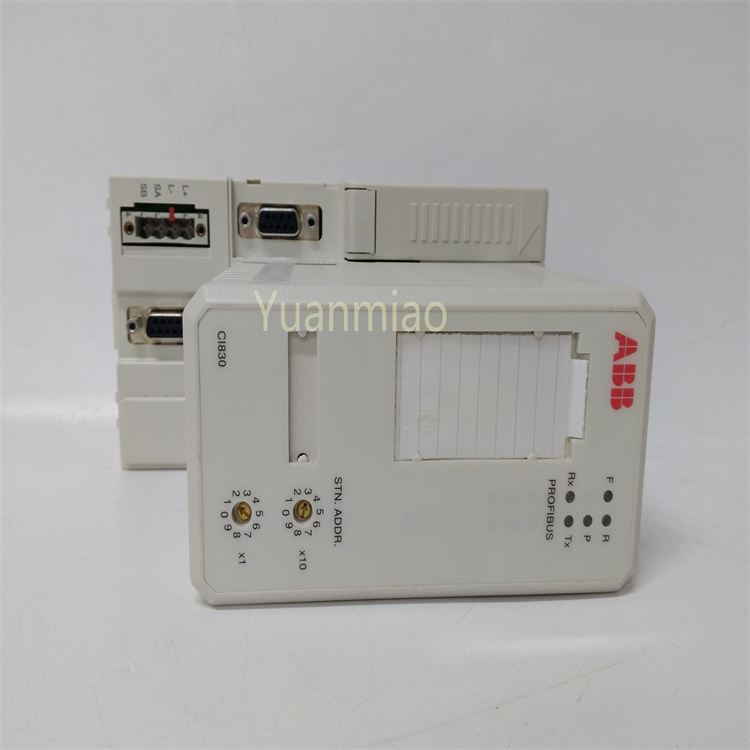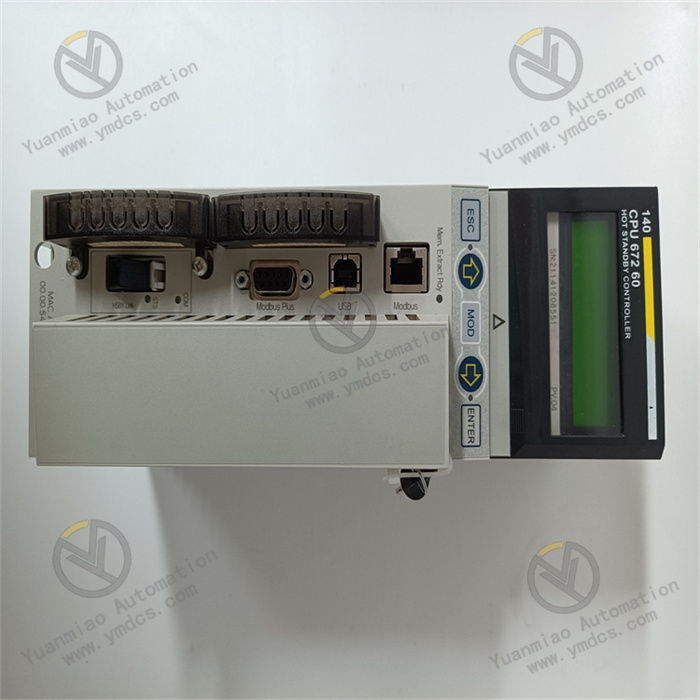Description
Bi-Directional Forwarding Detection (BFD) is a light-weight protocol which provides rapid path failure detection between two systems. It has been recently published as a series of RFCs (RFC 5880, Bidirectional Forwarding Detection (BFD), to RFC 5884, Bidirectional Forwarding Detection (BFD) for MPLS Label Switched Paths (LSPs). If a system running BFD stops receiving BFD messages on an interface, it will determine that there has been a failure in the path and notifies other protocols associated with the interface. BFD is useful in situations where two nodes are interconnected through either an optical (DWDM) or Ethernet network. In both cases, the physical network has numerous extra hops which are not part of the Layer 3 network and therefore, the Layer 3 nodes are incapable of detecting failures which occur in the physical network on spans to which the Layer 3 devices are not directly connected. BFD protocol provides rapid link continuity checking between network devices, and the state of BFD can be propagated to IP routing protocols to drastically reduce convergence time in cases where a physical network error occurs in a transport network. RFC 5880 define two modes of operation for BFD: • Asynchronous mode (supported by ALU routers covered in this section) — Uses periodic BFD control messages to test the path between systems • Demand mode (not supported by ALU router covered in this section) In addition to the two operational modes, an echo function is defined (ALU routers covered by this section only support response, looping back received BFD messages to the original sender). The goal of this section is to describe the configuration and troubleshooting for BFD on a link between two peers in the following scenarios: • BFD for ISIS • BFD for OSPF • BFD for PIM • BFD for Static route • BFD IES • BFD for RSVP • BFD for T-LDP • BFD support of OSPF CE-PE adjacencies • BFD over IPSec tunnel • BFD over VRRP
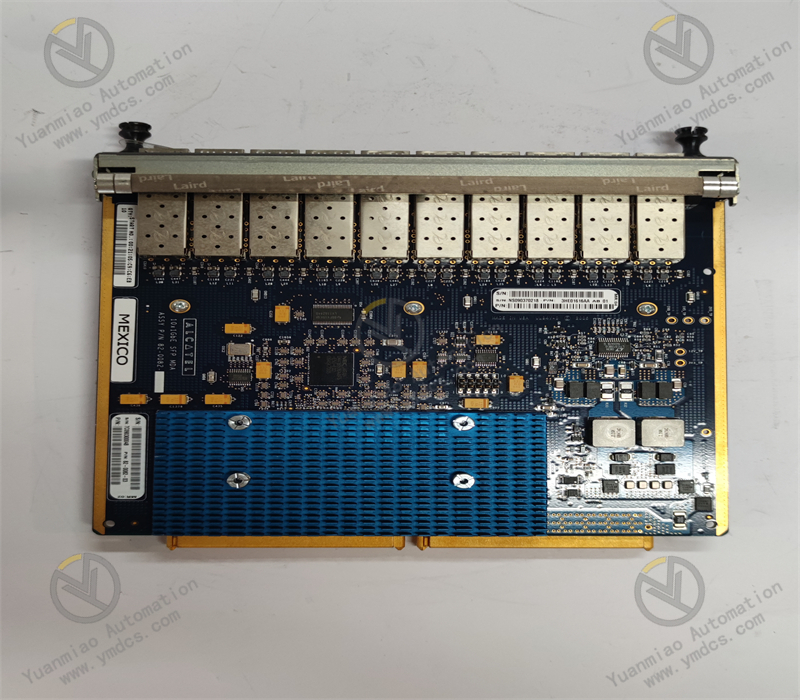
Configuration
BFD packets are processed both locally (processed on IOM CPU) and centrally (processed on the CPM).
Starting with Release 8, the CPM is able to centrally generate the BFD packets at a sub second interval as low as 10 msec. However it should be noted that the BFD state machine is still implemented in software. It is the BFD packet generation that can be now selectively delegated to CPM hardware as needed. This is applicable where sub second operational requirements for BFD or scaling the number of BFD sessions beyond 250 are required.
Centralized sessions are processed:
• in software by 7x50 SR-1 and ESS-1, 7710 c4 and c12 and 7x50 equipped with SF/CPM 1.
• in hardware by 7x50 equipped with SF/CPM 2 or higher.
Minimum transmitting and receiving Intervals are as follows:
• Centralized sessions:
→Minimum 300 ms in 7x50 SR-1 and ESS-1, 7710 c4 and c12
→Minimum 100 ms in 7x50 equipped with SF/CPM 1 and in every 7x50 up to Release 7.0
→Minimum 10 ms in 7x50 equipped with SF/CPM 2 or higher
• Local sessions:
→Minimum 100 ms
The following applications require BFD to run centrally on the SF/CPM and a centralized session will be created independently of the type explicitly declared by the user:
• BFD for IES/VPRN over Spoke SDP
• BFD over LAG and VSM Interfaces
• Protocol associations using loopback and system interfaces (e.g. BFD for T-LDP)
• BFD over IPSec sessions
• BFD sessions associated with multi-hop peering
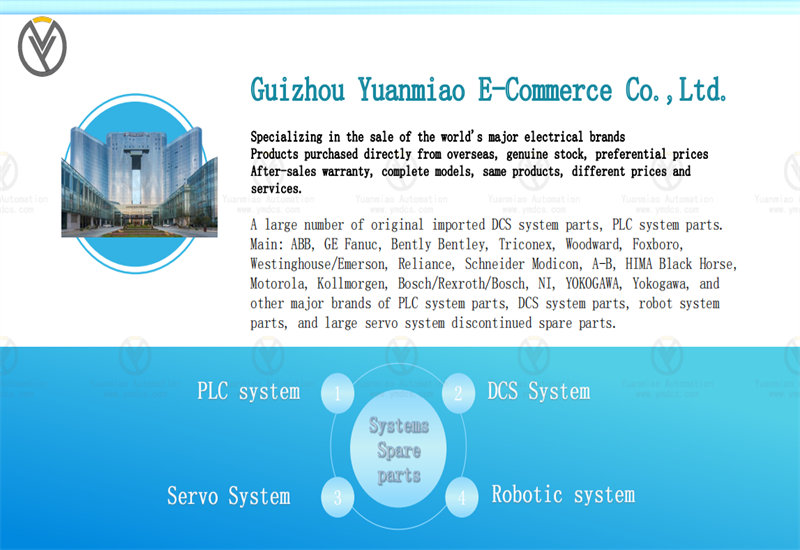
The company focuses on DCS, PLC, robot, large servo four systems
The main products are various modules/cards, controllers, touch screens, servo drivers
Company advantage: Supply imported original products, professional production of spare parts
One year warranty, fast delivery time, complete supply !!!
① 24 hours email response (12 hours);
② For shipment outside Asia, please contact the seller.
【 Disclaimer 】 We sell new products and discontinued products, independent channels to buy such special products. Guizhou Yuanmiao Automation Equipment Co., Ltd. is not an authorized distributor, dealer or representative of the products featured on this website. All product names/product images, trademarks, brands and microlabels used on this Website are the property of their respective owners. Descriptions, depictions or sales of products with such names/images, trademarks, brands and logos are for identification purposes only and do not imply any association or authorization with any rights holder. This article is from the official website of Guizhou Yuanmiao Automation Equipment Co., LTD. Please attach this link:http://www.ymdcs.com/other_brand/


